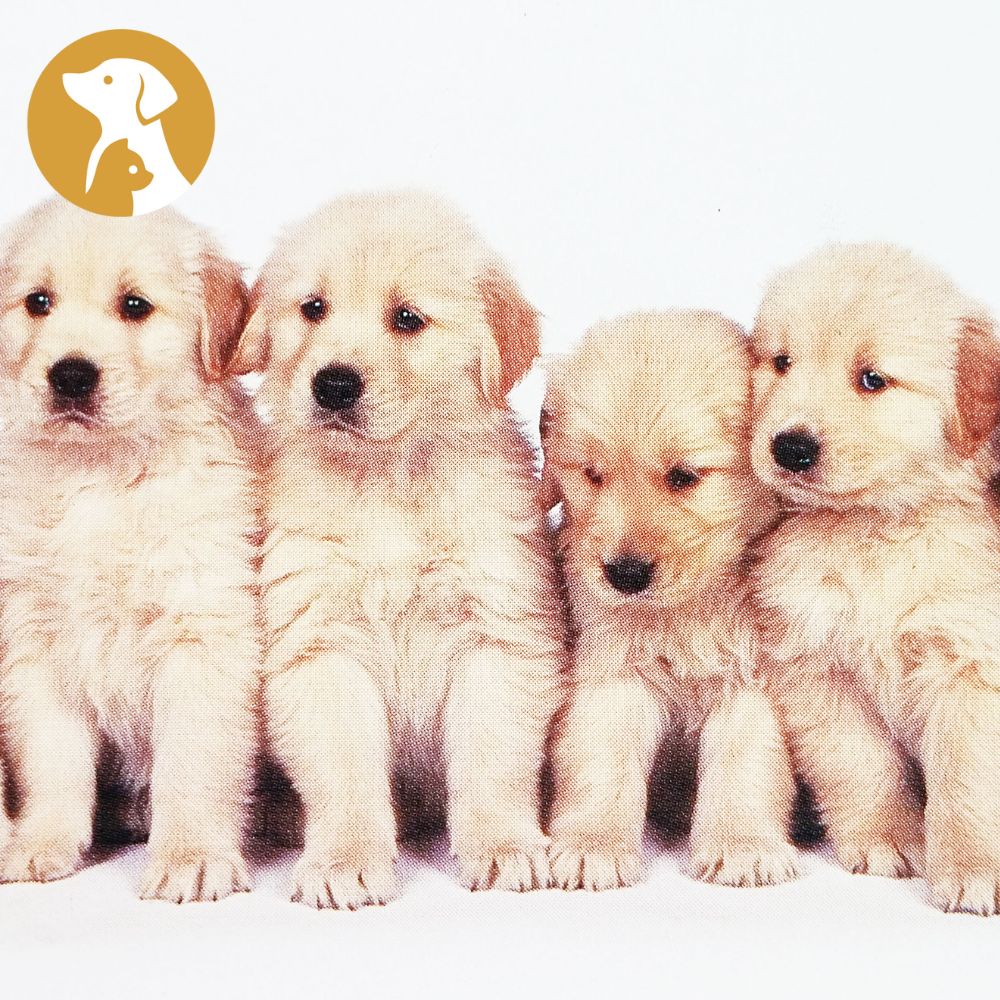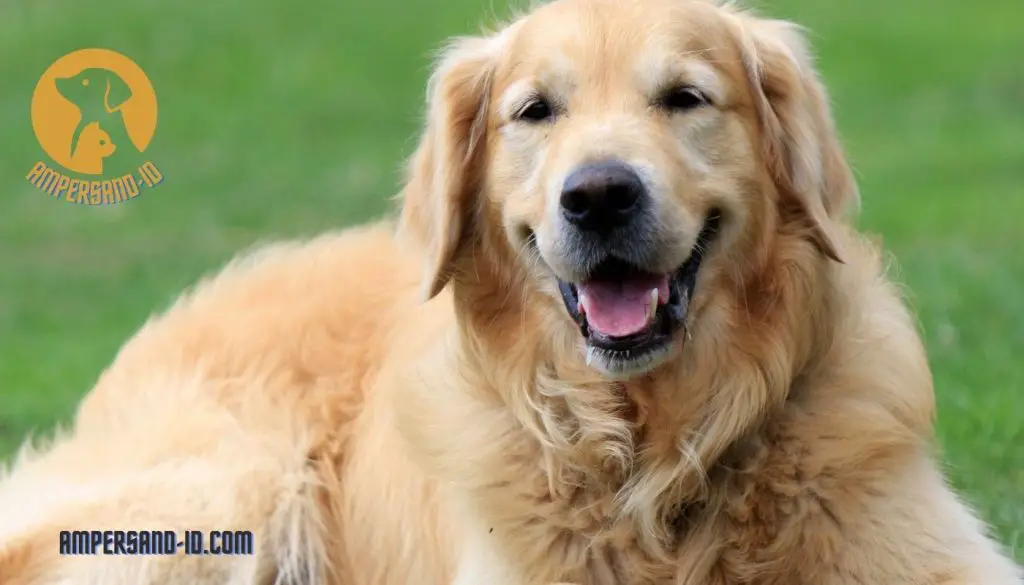In the vast tapestry of canine companions, few breeds weave a story as heartwarming and enduring as the Golden Retriever. These four-legged wonders, with their golden-hued fur and affectionate nature, hold a special place in the hearts of dog lovers worldwide. As we marvel at their charm and popularity, it’s only natural to delve into the rich history and origins that gave rise to this beloved breed.
So, join me on a journey through time as we unravel the captivating tale of how the Golden Retriever emerged, capturing not only the attention of hunters but also the affection of families across the globe. From the misty landscapes of 19th-century Scotland to their contemporary roles as therapy dogs, this is the story of the Golden Retriever’s evolution from a noble retriever to a cherished household companion.
The Early Origins of Golden Retrievers
In the verdant landscapes of Scotland during the mid-19th century, the stage was set for the inception of a remarkable canine companion—the Golden Retriever. Our journey begins with Dudley Marjoribanks, later known as Lord Tweedmouth, a Scottish aristocrat with a passion for hunting and a vision for the perfect retriever.

Retrievers in 19th-century Scotland
During this era, hunting was not just a sport but a way of life. Hunters required skilled retrievers capable of navigating rugged terrains and retrieving waterfowl with finesse. Tweedmouth, in pursuit of an ideal hunting companion, embarked on a breeding program that laid the foundation for the Golden Retriever.
Sir Dudley Marjoribanks and the Inception of the Breed
Around 1868, Lord Tweedmouth paired a now-extinct yellow retriever named Nous with Belle, a talented Tweed Water Spaniel. Their union produced a litter that marked the beginning of the Golden Retriever breed. The breed’s early development was carefully documented by Tweedmouth, providing invaluable insights into the breed’s formative years.
As a result of selective breeding, Tweedmouth aimed to create a retriever with exceptional skills, combining a gentle temperament with an innate love for water and a luscious golden coat—a vision that laid the groundwork for the Golden Retriever as we know it today.
Intriguingly, this breeding program also incorporated Bloodhounds and more Tweed Water Spaniels, contributing to the breed’s unique characteristics. Thus, the Golden Retriever emerged not only as a proficient hunter but also as a devoted and versatile companion, setting the stage for their journey beyond the Scottish hunting grounds.
Who Was The First Golden Retriever In The World?

The first golden retriever in the world was a male named Sultan. He was born in 1878 in Scotland and was owned by Lord Tweedmouth. There are an estimated 10 million golden retrievers in the world, making them one of the most popular breeds of dog. They are known for their friendly and outgoing personality, as well as their intelligence and obedience. Golden retrievers are also known for their beautiful fur, which can come in a variety of colors, including light to dark golden, cream, white, and red.
Golden retrievers were first bred in the early 1800s in Scotland, and were initially used as hunting dogs. They were bred to retrieve downed birds from the water, hence their name. Golden retrievers are now used as service dogs, therapy dogs, and pets. They are also popular in the show ring, and have been used in movies and television shows, including “Air Bud” and “The Office.” Golden retrievers are a great choice for a family pet because of their friendly personality and easy-to-train nature. They are also good with children and make good watchdogs. Golden retrievers were originally bred as.
The breed’s easygoing nature and willingness to please make them a great choice for a first-time dog owner. Golden retrievers are also a good choice for families with small children because they are gentle and tolerant of being handled. Golden retrievers are generally healthy dogs, but like all breeds, they are prone to some health problems. Some of the health problems that can occur in Golden retrievers include hip dysplasia, elbow dysplasia, cancer, and eye problems.
What Is The History Of The Golden Retriever In The Uk?
The Golden Retriever Club of the United Kingdom (GRCUK) was founded in 1910, making it one of the oldest breed clubs in the United Kingdom. The first Golden Retriever champion was Ch. Rushmere Crackerjack, who was registered with the Kennel Club in 1913. The Golden Retriever was first imported into the UK in the late 1800s, and the breed began to gain in popularity towards the end of the 19th century. The breed was recognised by the Kennel Club in 1903.

The Golden Retriever has been consistently popular in the UK ever since, and is one of the most popular dog breeds in the country. The GRCUK is dedicated to promoting and protecting the interests of the Golden Retriever breed in the UK, and organises a number of events and activities throughout the year to help further this goal. These include championship shows, obedience competitions, and working trials. The GRCUK also publishes a quarterly magazine, The Golden Retriever, which is packed full of news, features, and articles about the breed.
What Was The Original Purpose Of The Golden Retriever?

The Golden Retriever was originally bred to be a hunting dog. They were bred to help retrieve game that had been shot by their hunter masters. They were bred to be muscular and have a thick coat of fur that would protect them from the cold weather. They were also bred to be very friendly and good with people. The original purpose of the Golden Retriever was to help hunters retrieve downed waterfowl. They are a very versatile breed and can be used for a variety of other purposes such as service dogs, guide dogs, narcotics detection dogs, and search and rescue dogs.
Goldens are also popular as family pets because they are gentle, friendly, and good with children. They are also one of the smartest breeds of dogs and are easy to train. Goldens are often used as therapy dogs because of their friendly nature and their ability to comfort people who are sick or grieving.
The Scottish Beginnings: Lord Tweedmouth’s Legacy

The roots of the Golden Retriever breed can be traced back to Scotland in the mid-19th century. The man credited with their creation is Lord Tweedmouth, whose full name was Dudley Marjoribanks, the first Baron Tweedmouth. It is believed that he began breeding dogs with the aim of creating a versatile and talented hunting companion that would excel in retrieving game in the rugged Scottish Highlands.
The Enigmatic Nous and the Tweed Water Spaniel
Lord Tweedmouth’s journey to develop the Golden Retriever started in 1865 when he purchased a yellow retriever named Nous from a cobbler in Brighton, England. Nous, whose lineage remains uncertain, was an exceptional retriever and possessed many desirable traits. Tweedmouth was so impressed with Nous that he decided to breed him with a Tweed Water Spaniel named Belle, a breed now extinct.
Rising Popularity and Recognition

The Golden Retriever’s popularity soared in the late 19th and early 20th centuries. Their skills as hunting dogs were unparalleled, and they quickly gained recognition as exceptional gun dogs. Not only were they adept at locating and retrieving game, but they also excelled at working in various terrains, including marshes and dense vegetation. Their gentle nature and willingness to please their human companions made them popular choices as family pets as well.
Formal Recognition and Influence in America

In 1913, the Golden Retriever breed was officially recognized by the Kennel Club in the United Kingdom. The breed’s popularity continued to grow, and in 1925, the Golden Retriever Club of America was founded, solidifying the breed’s presence in the United States. The American Kennel Club recognized the Golden Retriever as a distinct breed in 1932.
Versatility and Admiration
Throughout the years, the Golden Retriever breed has continued to evolve. Although initially bred for hunting, they have excelled in various other roles, including search and rescue, therapy work, and as guide dogs for the visually impaired. Their intelligence, versatility, and friendly nature have made them highly sought-after companions in both working and family environments.
Conclusion
The tale of the Golden Retriever, woven through the lush landscapes of 19th-century Scotland, is one of purpose, vision, and companionship. From the strategic breeding efforts of Lord Tweedmouth to the early days of the breed’s emergence, the Golden Retriever’s history is a testament to the bond between humans and these golden wonders.
As we trace their journey from noble retrievers to cherished family members, it becomes clear that the Golden Retriever is not merely a product of breeding but a reflection of the enduring connection between canines and humans. Today, their legacy extends beyond hunting fields to therapy rooms, movie screens, and the warm hearths of countless homes.
In celebrating the Golden Retriever’s rich history, we honor not only the breed itself but the countless moments of joy, comfort, and loyalty they have shared with generations of dog lovers. The Golden Retriever stands not just as a breed but as a living testament to the enduring bond between humans and their most faithful companions.
FAQs (Frequently Asked Questions)
- What were the primary qualities Lord Tweedmouth aimed for in the early Golden Retrievers?
- Lord Tweedmouth aimed for a retriever with exceptional hunting skills, a gentle temperament, an affinity for water, and a luscious golden coat.
- Were there other breeds involved in the early development of Golden Retrievers?
- Yes, Tweed Water Spaniels, Yellow Retrievers, and Bloodhounds played roles in the breeding program, contributing to the breed’s unique characteristics.
- When did the Golden Retriever gain recognition by Kennel Clubs?
- The breed gained recognition in the late 19th century, with the Kennel Club in the United Kingdom officially recognizing Golden Retrievers in 1911.
- What roles do Golden Retrievers play beyond being family pets?
- Golden Retrievers are known for their versatility, serving as therapy dogs, assistance dogs for people with disabilities, search and rescue dogs, and excelling in various canine sports.
- How has the breed evolved in addressing health concerns over the years?
- Efforts have been made to address genetic predispositions and health concerns through responsible breeding practices, health screenings, and awareness campaigns. Regular veterinary check-ups are crucial for maintaining their well-being.







